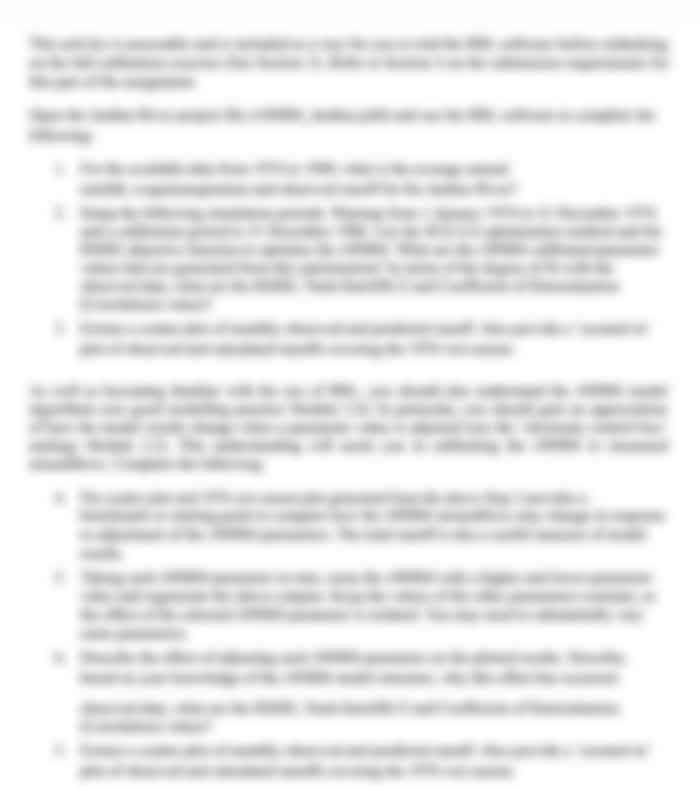Solve the looping problem using STP.
- Country :
Sweden
-
Path1: Finish setting up the data center using the hedera framework
Following this path, your task is to implement Hedera in your controller application. Take a deeper look on the paper Hedera:Dynamic Flow Scheduling for Data Center Networks [
5
]. Your ask should follow these steps:
Detect large flows
Implement the demand estimator to estimate the large flows natural demand (natural demand is defined in the [
5
] in Section 2.3)
(5 points)
Deploy the two scheduler implemented during the last lab assignment
(2 points)
Design and implement a performance evaluation plan using the traffic patterns generated during first assignment where you compare the efficiency of the two schedulers by plotting a set of metrics (e.g. completion time) of your choice. Motivate the usage of your metrics (i.e. why did you choose them), run the experiment, present the results using the appropriate graphs and try to interpret your results.
(8 points)
-
Path2: data center network slicing using Flow visor
Following this path, your task is to enable openflow-network slicing and control the different slices by separate controllers. This is important to continue testing new ideas on our data center. Flow visor is a special pur- pose controller that enables re- searchers to test new experiments on the production network, at real scale and with real user traffic, through network slicing. It acts as a transparent virtualization layer between the switches and a set of controller responsible each for controlling a different network slice. In that way, experimental slice coexists with pro- duction slice on the same physical network but do not interfere with its operation. Slices of layer 1 (a set of switch ports), layer 2 (set of src/dst MAC addresses), layer 3 (set of src/dst IP addresses) or layer 4 (set of src/dst TCP/UDP ports or ICMP code/type) can be defined.
You task includes:
Deploy Flow visor in the provided virtual machine
(5 points)
Documentation and installation guide:
Create two slices controlled each by a different controllers of your choice.
(1 points)
Deploy the global first fit scheduler, implemented during the last lab assignment, as a control application for the created slices.
(2 points)
Design and run an experiment where you stress one of the slices with a higher work load while keeping the other slice running a small workload and show that the stressed slice does not interfere with the other one.
(7 points)

